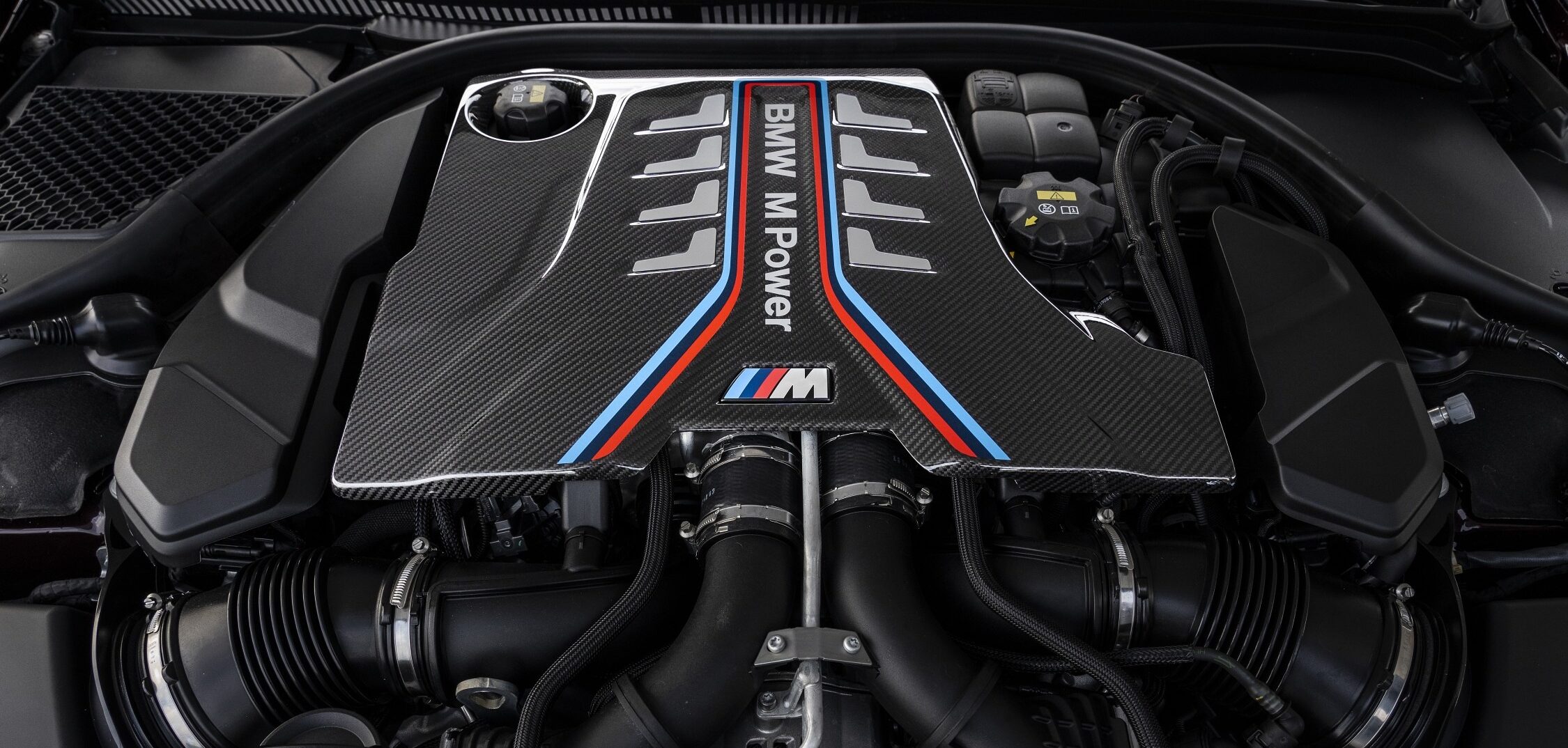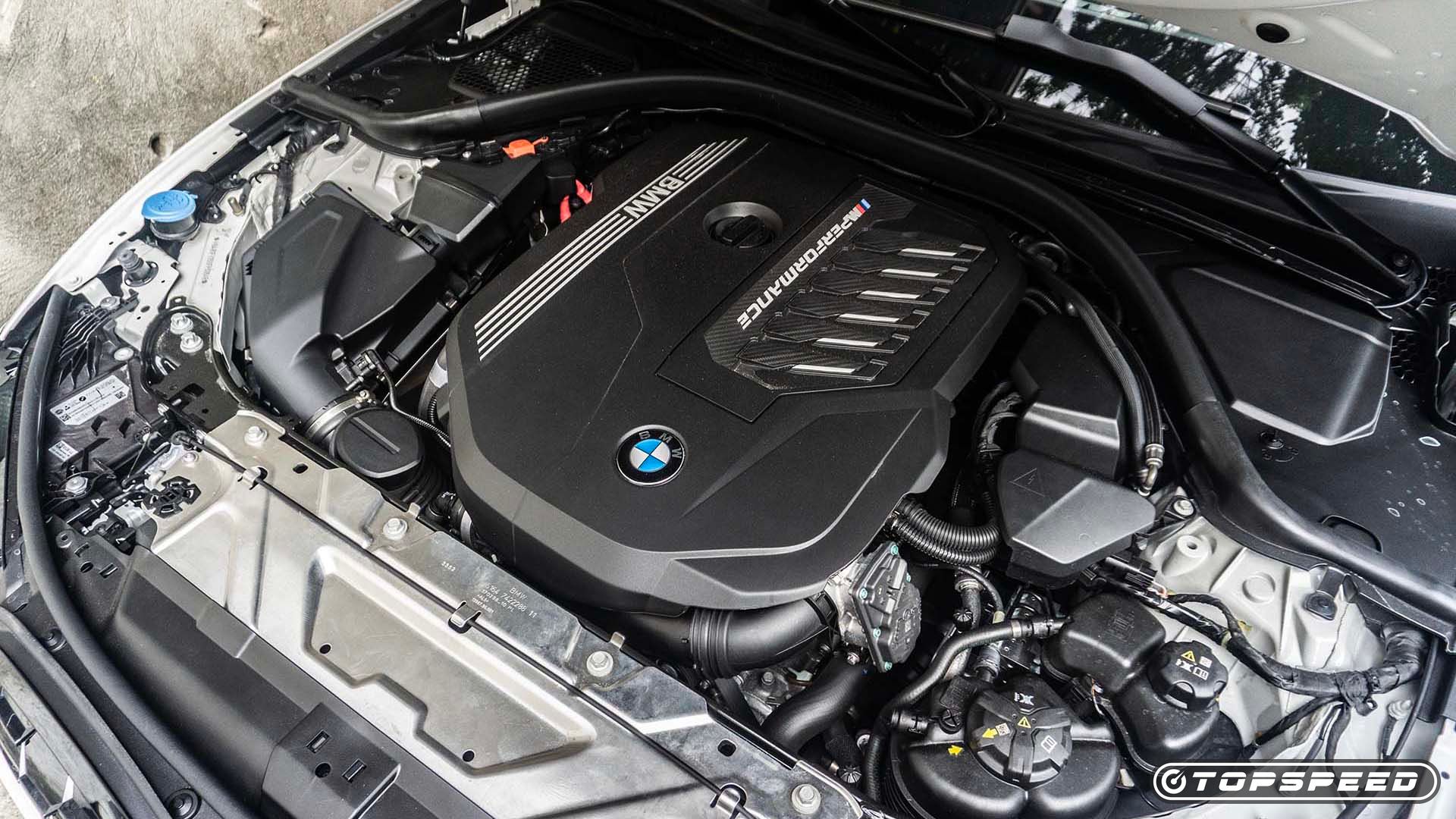Revealing the Secrets Behind the Power of the BMW Engine
Revealing the Secrets Behind the Power of the BMW Engine
Blog Article
Exploring the Development of Burning Engines in Modern Transportation Systems
As we navigate the landscape of contemporary transport, the evolution of burning engines stands as a testament to human resourcefulness and engineering prowess. The interplay of history, technology, and ecological worries in shaping the trajectory of combustion engines develops a narrative that is both informative and compelling.
Early Beginnings of Combustion Engines
Just how did the concept of combustion engines very first emerge in the very early phases of transport growth? The roots of combustion engines can be traced back to the 17th century when the principles of internal combustion were very first checked out. In 1673, Christian Huygens conceived a basic internal burning engine that utilized gunpowder to produce power. However, it had not been until the late 19th century that sensible applications of burning engines in transportation began to emerge.
The innovation minute included the innovation of the initial effective gasoline-powered engine by Karl Benz in 1885 - bmw engine. This engine led the means for the advancement of the modern-day automobile, changing transport systems worldwide. Subsequent technologies by Nikolaus Otto and Gottlieb Daimler additionally improved combustion engine technology, leading to the automation of automobiles and the rapid development of the transport industry
These very early burning engines were identified by their simplicity and effectiveness, laying the structure for the complicated and effective engines made use of in modern-day transportation systems. The development of combustion engines has contributed in forming the method we take a trip and move items, marking a significant milestone in the history of transport growth.
Transition to Internal Burning Modern Technology
The shift to interior combustion modern technology marked a pivotal shift in the development of transport systems. This change started in the late 19th century, with creators like Nikolaus Otto and Gottlieb Daimler creating the first successful inner combustion engines. These engines transformed transport by providing an extra reliable and powerful choice to vapor engines and electrical motors.
Among the vital advantages of interior combustion engines was their capacity to be scaled down to suit cars, bring about the growth of autos and motorcycles. This shift from cumbersome, stationary engines to portable, mobile ones led the way for the contemporary transportation systems we see today.
The transition to inner combustion modern technology also stimulated developments in gas innovation, resulting in the advancement of gasoline and diesel as primary gas resources for automobiles. This change not only made transport much more available to the masses however also laid the structure for the oil and gas sector to end up being integral to worldwide economic situations.
Effect of Combustion Engines on Transport
The fostering of combustion engines in transport systems militarized a profound change in the effectiveness and rate of global movement. Combustion engines transformed transport by providing a trustworthy and functional source of power for numerous lorries, consisting of cars, ships, planes, and trucks. This advancement considerably improved the ability for products and people to conform long ranges in much shorter amount of time, bring about raised connection in between regions and countries.
Moreover, the prevalent use combustion engines has had a significant influence on economic advancement. The ability to deliver goods successfully has actually spurred trade and commerce, enabling businesses to broaden their markets and reach consumers worldwide. This has assisted in economic development and globalization, as products can currently be delivered faster and in larger amounts than ever.
However, the environmental impact of combustion engines can not be neglected. The burning of fossil fuels has actually caused air contamination and greenhouse gas emissions, contributing to environment modification and posturing health and wellness threats to populaces. bmw engine. Therefore, there is an expanding emphasis on creating different propulsion innovations to alleviate these negative impacts and produce a much more lasting future for transport
Advancements in Burning Engine Style
Numerous developments in burning engine design have actually driven the advancement of transport systems over the years. One significant advancement is the advancement of turbocharged engines, which make use of exhaust gases to drive a turbine that presses inbound air, permitting even more gas to be burnt, resulting in increased power outcome without a considerable increase in engine size. Additionally, straight injection technology has boosted fuel efficiency and efficiency by precisely regulating the amount and timing of fuel infused right into the combustion chamber. Variable shutoff timing systems have additionally changed engine layout by optimizing air flow at various engine rates, enhancing both power and efficiency. One more considerable advancement is the assimilation of lightweight materials such as carbon fiber and aluminum alloys, lowering overall engine weight and boosting visit the website automobile gas economic climate. In addition, innovations in computer-aided layout have actually allowed engineers to maximize engine performance and effectiveness with simulations before physical models are built, conserving time and sources in the advancement procedure. These technologies jointly contribute to the continuous renovation of burning engines in modern-day transportation systems.
Future Patterns in Combustion Engine Development
With technology innovations driving constant development, the future of combustion engine development is positioned to revolutionize transportation systems worldwide. Among the essential fads in combustion engine growth is the press towards higher performance and reduced discharges. Manufacturers are spending greatly in r & d to improve engine performance while fulfilling strict environmental policies. This consists of the combination of advanced gas injection systems, improved turbocharging methods, and making use of lightweight materials to optimize fuel usage and reduce carbon emissions.
Another popular trend is the fostering of crossbreed innovations in burning engines. Hybrid engines incorporate traditional combustion innovation with electrical power, supplying improved fuel efficiency and lower discharges. As the automotive industry shifts in the direction of electrification, crossbreed combustion engines are viewed as a transitional service that bridges the space in between conventional cars and completely electric ones.
Moreover, the assimilation of wise technologies, such as expert system and data analytics, is expected to play a considerable function in the future of burning engine advancement. These innovations can enhance engine performance in real-time, causing a lot more reliable combustion processes and enhanced total lorry performance. Embracing these future trends will certainly not just drive technology in combustion engine development however likewise contribute to a much more sustainable and ecologically pleasant transport community.

Final Thought
In final thought, the development of burning engines in modern transportation systems has actually been noted by substantial innovations in modern technology and design. From the early starts of burning engines to the shift to inner burning modern technology, these engines have actually had a profound impact on transport.
The origins of combustion engines can be traced back to the 17th century home when the concepts of internal combustion were first discovered. These engines changed transportation by using an extra effective and efficient alternative to steam engines and electrical motors.

Report this page